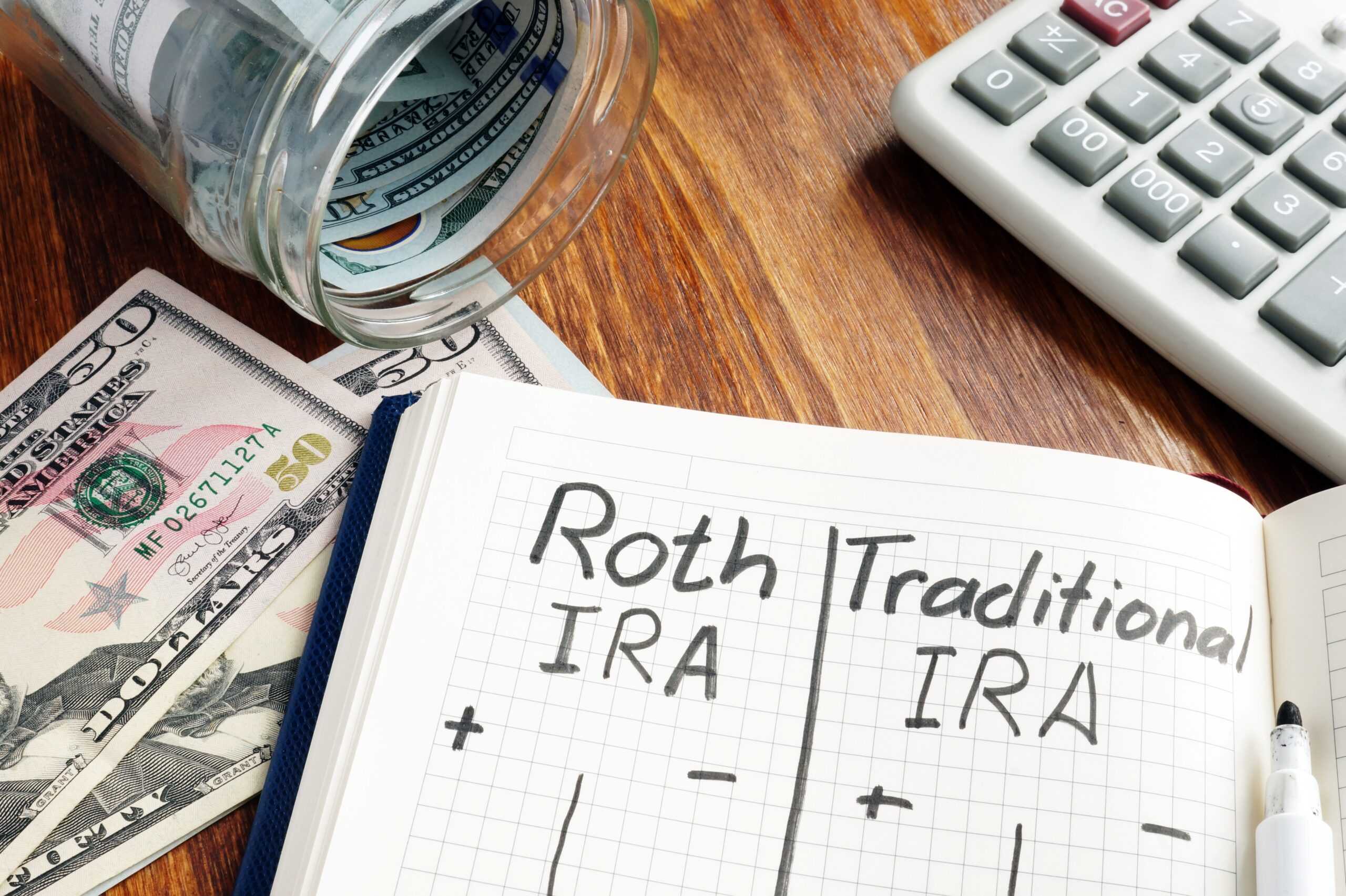If you’re worried about running out of money in retirement, you’re not alone. Most people can’t or don’t want to re-enter the workforce after they have left it, so it’s important to keep spending under control and hope your investments gain ground.
Many planning tips can help stretch your retirement dollars. Here are six suggestions:
Build a diversified income stream and mix of assets
Under one common rule of thumb, retirees should rely on a three-legged stool of income sources consisting of Social Security, pensions and savings. Yet only 7% of retirees had access to all three components as of a 2020 study by the National Institute on Retirement Security, while Social Security was the only income source for 40% of them. “Social Security alone is not considered sufficient for a secure retirement, and it was not intended to stand alone,” the group said.
Ideally, retirees will have multiple buckets of money to draw from, said Jenna Biancavilla, a wealth adviser and principal at Pearl Capital Management in Phoenix. These buckets might range from liquid savings accounts to long-term investments in retirement accounts, supplemented by Social Security, a pension if available, perhaps an annuity and other assets such as income from a rental property or part-time job.
Keep debts to a minimum, and stick to a budget
There’s nothing necessarily wrong with having some debts in retirement — the last few years of a mortgage or a modest balance on a car loan, for example — but don’t overdo it. With loans come obligations that you might not be able to meet.
Roughly two in three Americans carry some debts in retirement, and the percentage has been rising, noted the Center for Retirement Research at Boston College. “Much of this growth, though, is driven by rising mortgage debt,” the group said in a recent report, adding that many homeowners have benefitted in recent years by refinancing at lower interest rates.
At any rate, holding debts in retirement underscores the need to stick reasonably close to a budget, though many people fail to do so.
Plan carefully for RMDs
If you have invested diligently over the years in retirement accounts, you might have a sizable nest egg. The flip side is that you will need to pay taxes eventually as you withdraw money from traditional Individual Retirement Accounts and workplace 401(k)-style plans. However, you have some leeway to plan those withdrawals to minimize the tax bite.
For example, if you start making withdrawals after you stop working but before claiming Social Security, you likely would fall in a lower tax bracket than if you had to add RMD withdrawals to Social Security benefits and possibly job income.
RMDs generally start at age 73. Biancavilla suggests planning your withdrawal strategy about a decade before you expect to start pulling money out.
Keep family and other financial obligations to a minimum
If you’re worried about making ends meet in retirement, try to avoid subsidizing kids, grandkids, friends and others. But if you feel you must provide financial assistance, it might be best to offer cash assistance when you can rather than, say, co-sign on loans that can tie you down for years.
Helping relatives with housing can be an especially tricky area. If you have a rental property, for example, it might be best to keep that off-limits, Biancavilla suggests.
“I’d rather you help them cover rent or even help them buy a home on their own,” she said. “Don’t put them in your rental property (without charging rent) because you’ll never kick them out, since they’re family.”
Withdraw money at a conservative rate
One of the hardest parts of retirement planning is deciding how much of your savings and investments to spend each year. You don’t know how well your investments will perform in the future, what unexpected expenses you might incur and how long you will live.
That said, withdrawing about 4% of your money annually is a “tried and true” strategy that makes sense for someone starting to do so at traditional retirement ages around 65, Biancavilla said, though that percentage could be too high for adults seeking to retire at younger ages.
Investment researcher Morningstar, in a recent paper, cited 4% as a reasonably safe withdrawal rate for retirees who own a balanced investment portfolio and want a decent likelihood that their money will last about 30 years.
Consider adding health-care protection
Everyone might need health insurance in retirement beyond basic Medicare. Other options include Medicare Advantage plans and long-term care insurance.
“Medicare does not cover long-term care expenses, such as those incurred in nursing homes,” said Terry Turner, financial wellness facilitator at RetireGuide.com, in a commentary. “It may be beneficial to consider purchasing long-term care insurance or an annuity with a long-term care rider,” he added.
However, Biancavilla views long-term care insurance as relatively expensive given the potential benefits. As an alternative, she suggests saving for long-term care in a separate account, with the money available if needed or retained if you don’t incur such expenses.
“You can pay $50,000 over time in (insurance) premiums or put $50,000 into a savings account” for long-term needs, she said. But for this strategy to work, you would need the discipline to save that money — no easy task.
As seen in The Arizona Republic | azcentral on December 3, 2023 at 7:00 am MT
Reach the writer at russ.wiles@arizonarepublic.com.






